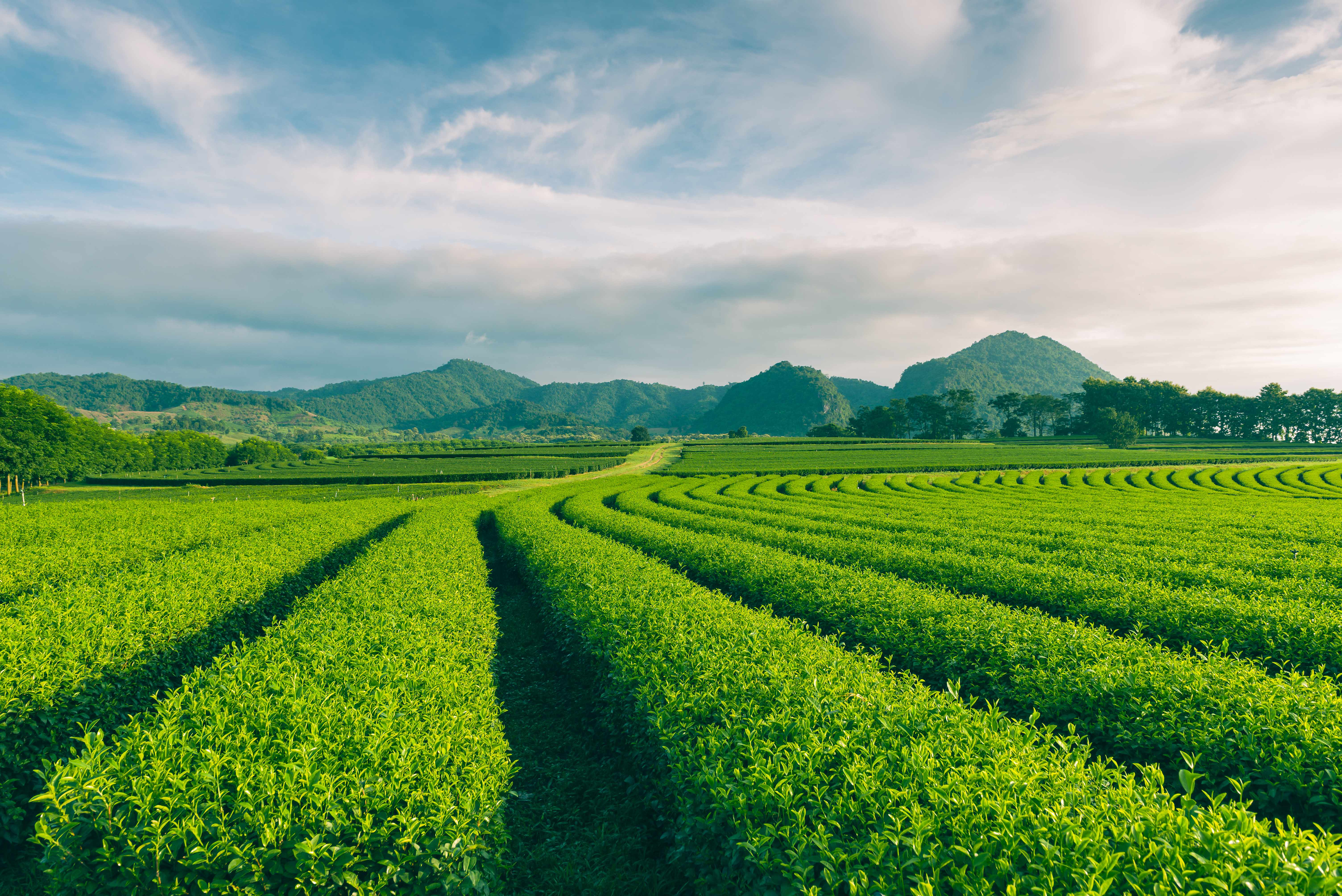Recruitment for Agriculture in Singapore
With a land mass of only 715 square kilometres, Singapore had been forced to expand upwards, building high rise apartments to house the population. With only 7 percent of the country's food being grown in Singapore (the rest being imported), steps were put in place to investigate high rise vertical farming.
Vertical farming is the practice of producing food on vertically inclined surfaces, usually stacked layers which are integrated into a prebuilt structure like a warehouse, shipping container or a skyscraper. Indoor farming techniques (utilising Controlled Environmental Agriculture), where the control of light, temperature humidity and gasses allow indoor farmers to maximise their crops and to produce more food per square metre. There are obvious advantages such as year round crop production, less use of water in cultivation and less vulnerability to adverse weather events, but there is a need for more skilled labour, whilst automation in vertical farms may lead to the need for fewer workers.
In a country where only two square metres are used for land-based food farms at the moment, there are strict agritech work permit conditions set by the Singaporian authorities, which allow recruitment of foreign workers only from Malaysia, South Korea, Hong Kong, Macau, Taiwan, Bangladesh, India, The Republic of the Union of Myanmar, Philippines, People's Republic of China (PRC), Sri Lanka and Thailand.
Coastal fish farming and aquaculture Recruitment in Singapore
As Singapore imports more than 90 percent of its food, global trends and external shocks could impact food supply and safety. This was recognised by the Singaporian government, who introduce the three broad strategies: Diversify Import Sources, Grow Local and Grow Overseas. For the Grow Local element, Singapore has a '30 by 30' vision, to produce 30% of Singapore's nutritional needs by 2030, by adopting innovative solutions, and employing climate-resilient and sustainable technologies.
Aquaculture challenges such as the recent harmful algae bloom incident and an oil spill after a vessel collision have made Singapore fish farms leverage technology and innovation. The Fish Farmer Pte Ltd have introduced Internet of Things (IoT) technology to monitor sea water oxygen levels after a recent incident of low dissolved oxygen in the water. When poor water quality is detected, the farmer gets an alert and the condition can be mitigated by battery-operated air blowers (charged by solar panels) to aerate the water.
Other coastal farms have developed sophisticated floating closed containment systems which protects fish in a closed environment, away from adverse conditions (such as the oil spill mentioned above).
Aquaculture and Agriculture recruitment needs in Singapore
There's an obvious need for Singapore to be recruiting the best talent in both aquaculture and agriculture. The country is positioning itself at the forefront of research and implementation of the latest agriculture and aquaculture technologies, and here at Peak we're ideally placed to be able to recruit a range of employees for these forward thinking farms, from senior leadership and executives, sales and marketing, horticulturalists and crop scientists through to veterinary and nutrition specialists.
Recruitment for Agriculture in Malaysia
In stark contrast to Singapore's 715 square kilometres, Malaysia is 330,800 square kilometres in size, and has just over a quarter of that land in use for agriculture. The agriculture, fisheries and forestry sectors employ around 10% of the Malaysian work force. This space, plus the tropical climate it shares with Singapore, means that Malaysian farmers are able to produce a range of fruit and vegetables for the domestic market, and rice grown domestically plays an important role in the country's agriculture.
Many of Malaysia's largest and most successful companies are palm oil plantation enterprises where the state holds an ownership share. There's a particularly strong research capability in Malaysia, especially in Palm Oil, and much of the country's agricultural investment focuses on this sector. For such a relatively small country, Malaysia also supplies about 20% of the world's vegetable oil.
Aquaculture Recruitment in Malaysia
Given the long coastline of about 4,780 kilometers, brackish water aquaculture domainates the industry in Malaysia. Brackish water aquaculture is characterised by the production of bi-valve molluscs, but also involves shrimp and black tiger shrimp production in inland earthern ponds. Whilst aquaculture is a growing area, and is becoming economically more important, it is still relatively small compared to capture fisheries in Malaysia.
Due to aquaculture becoming a very lucrative enterprise in Malaysia, there's been a rise in the call for qualified and skilled fish farmers, contractors, engineers, veterinary nutritionists and farm managers.
Singapore and Malaysia Agriculture and Aquaculture Recruitment Specialists
Despite the differences between Singapore and Malaysian agriculture and aquaculture economies, their proximity to one another, and to our head offices in Bangkok, means that Peak Recruitment are ideally placed to be able to recruit candidates with the skills needed to fill the most demanding roles.

